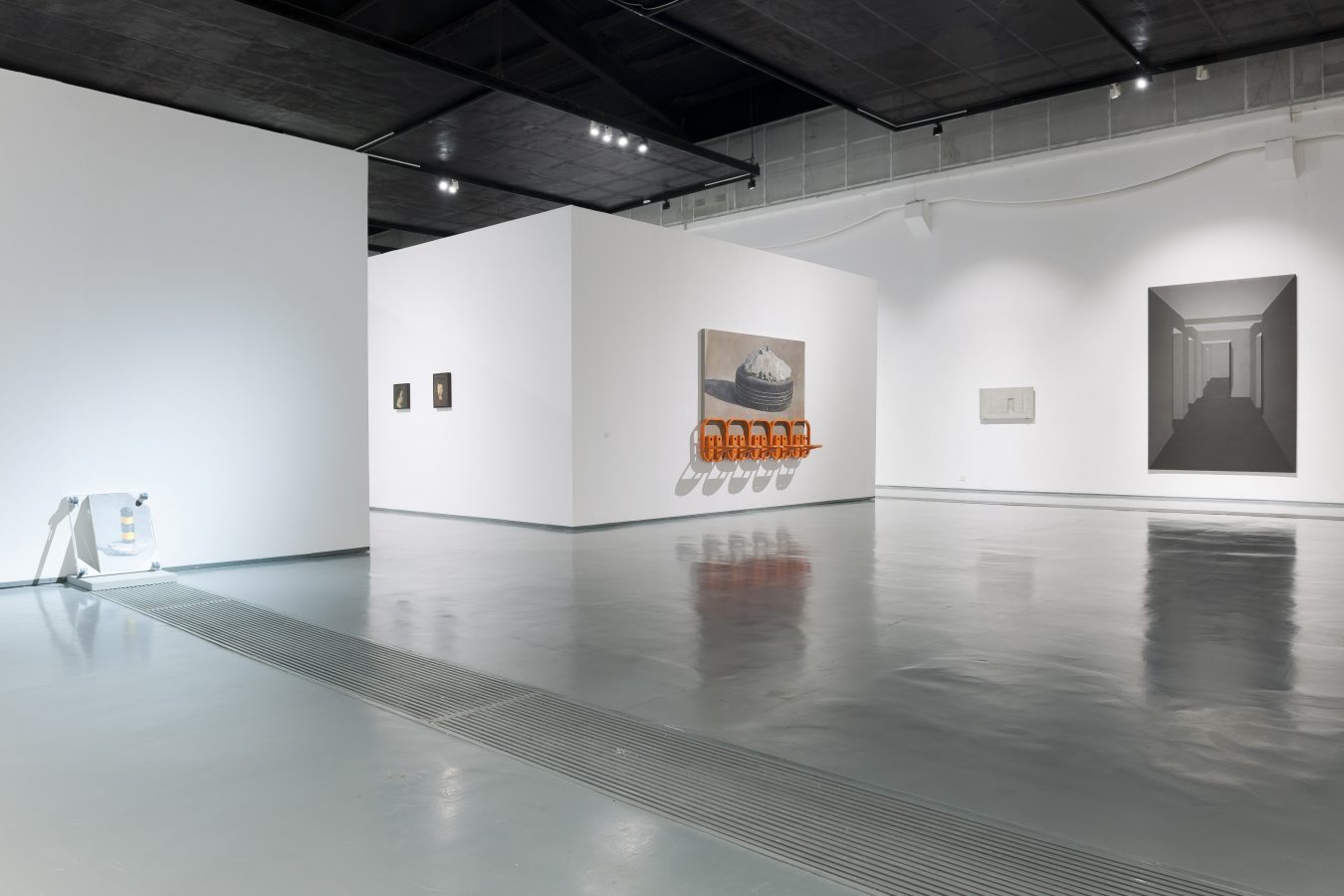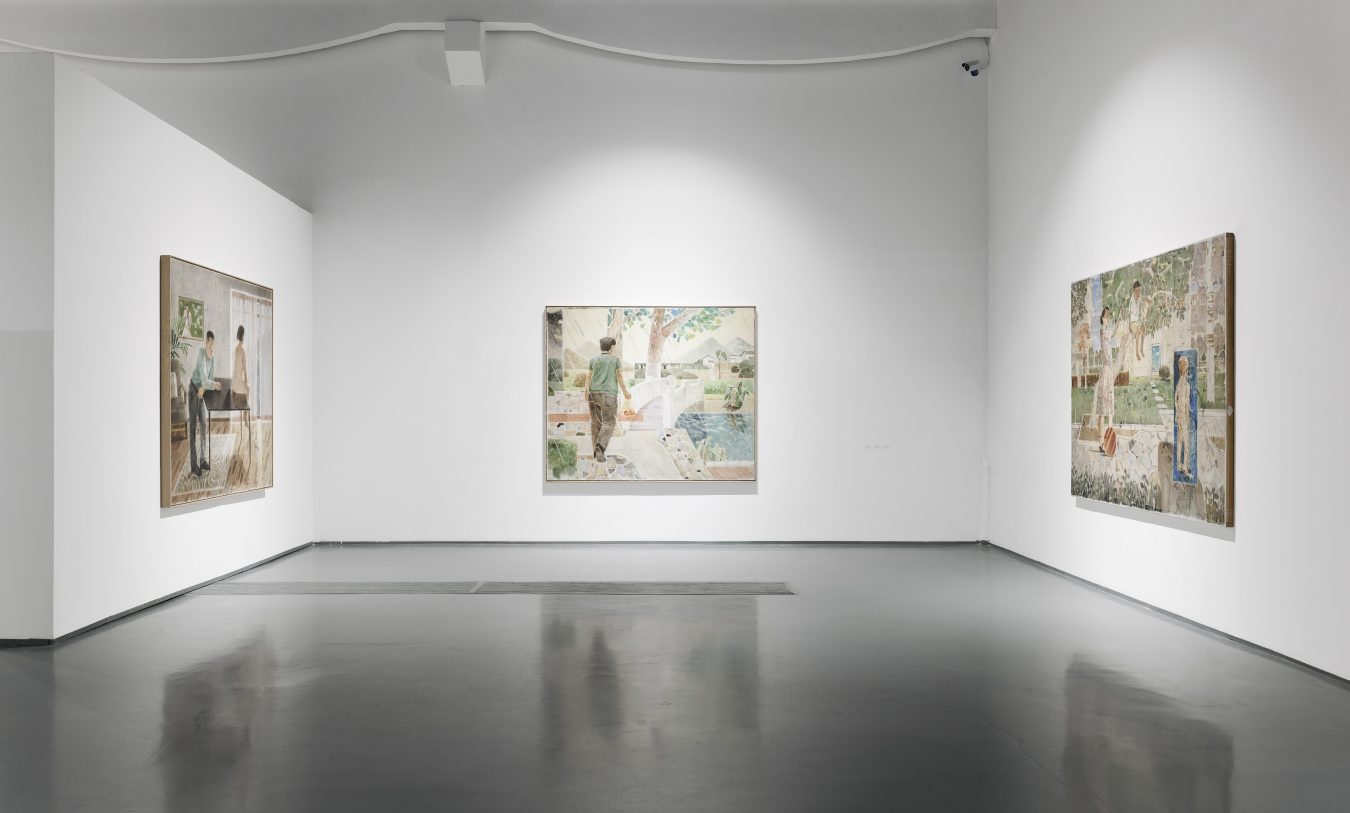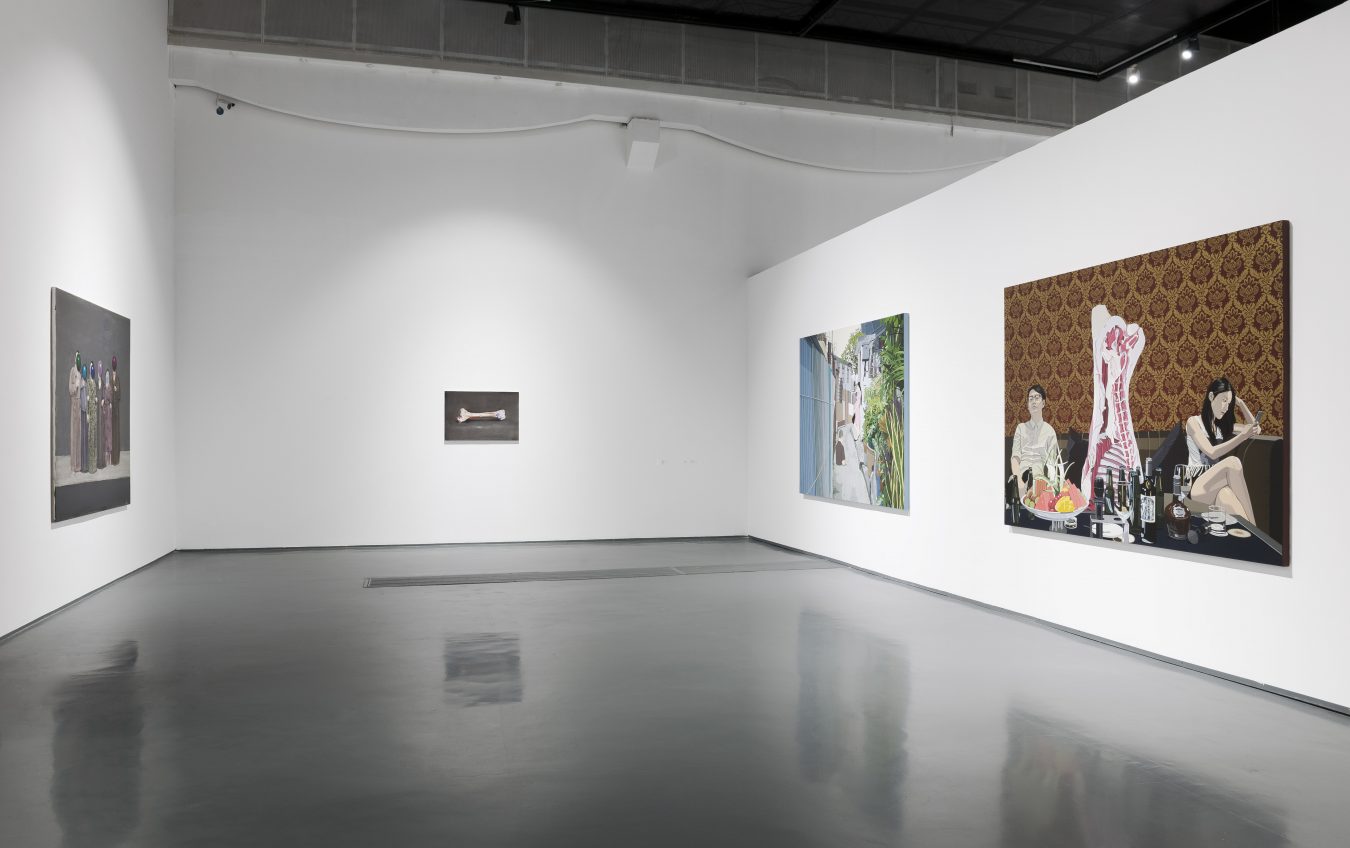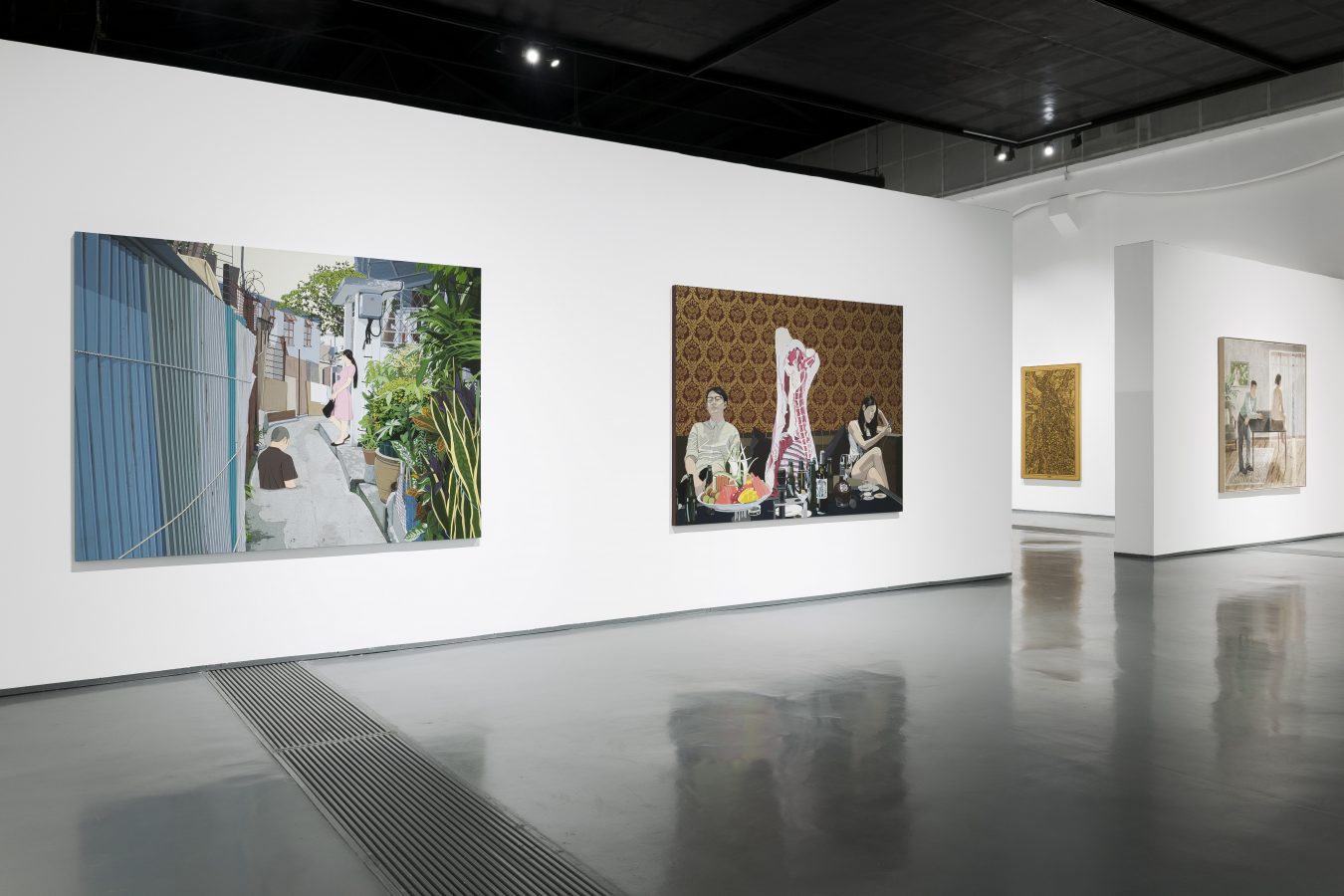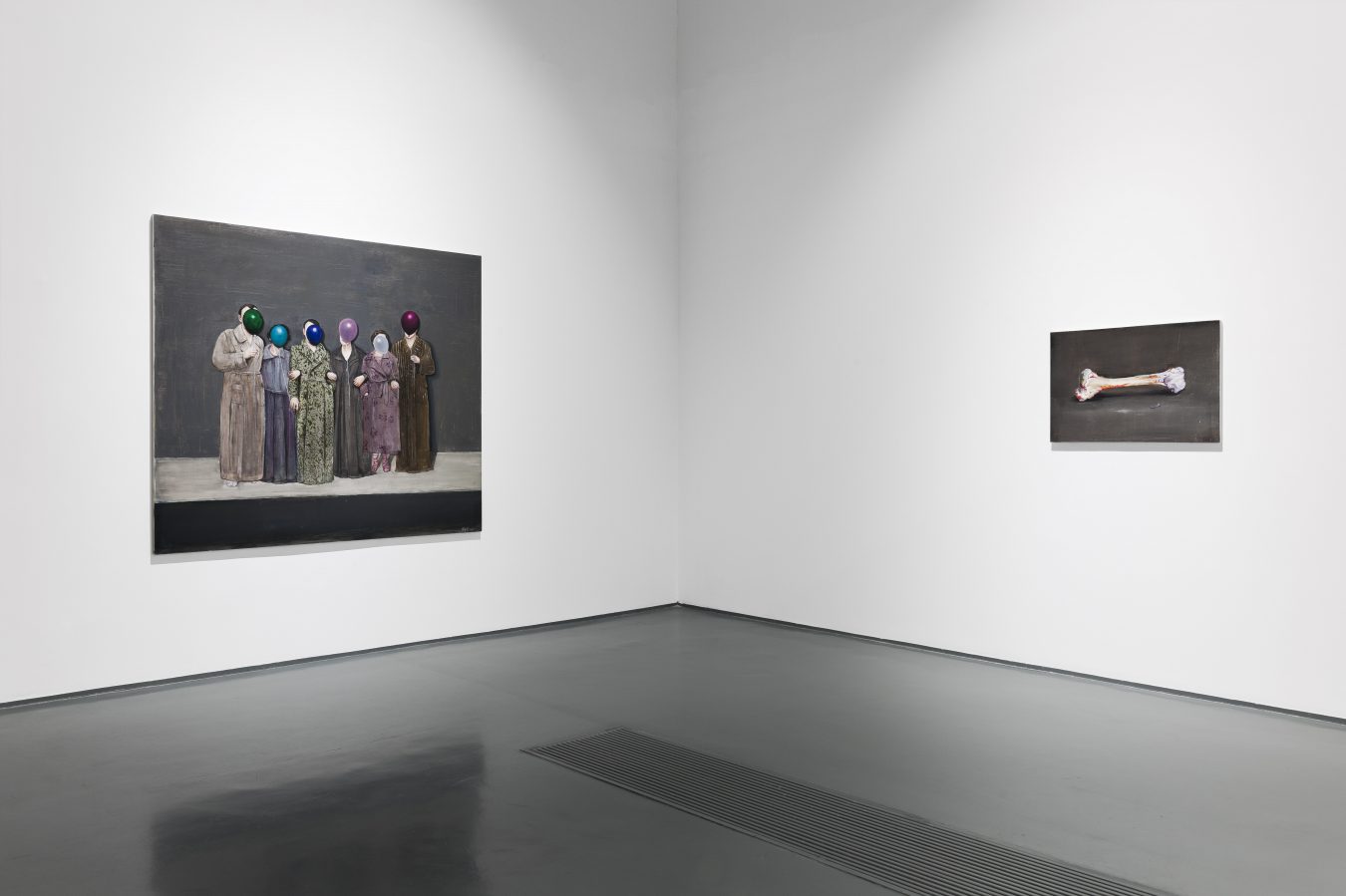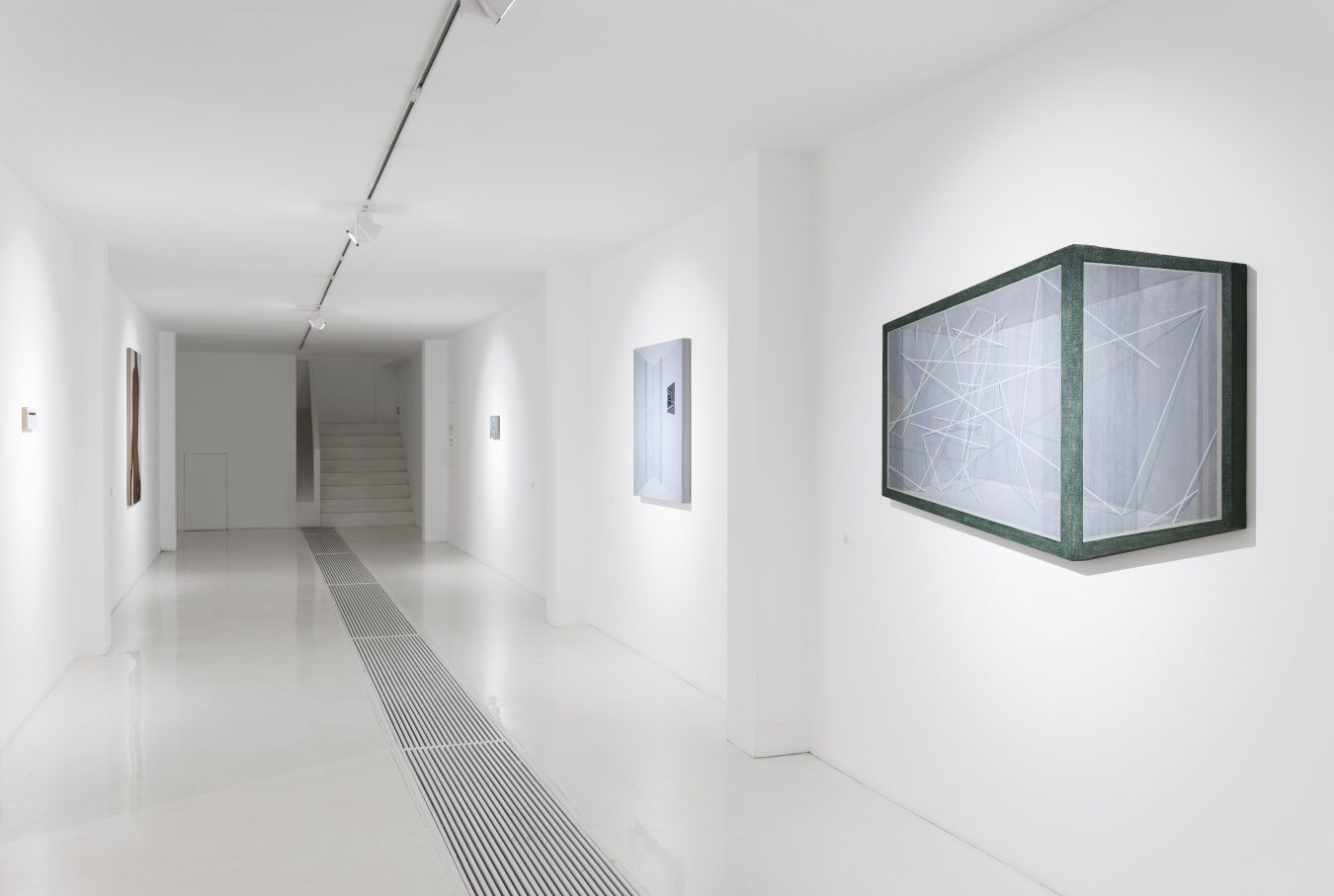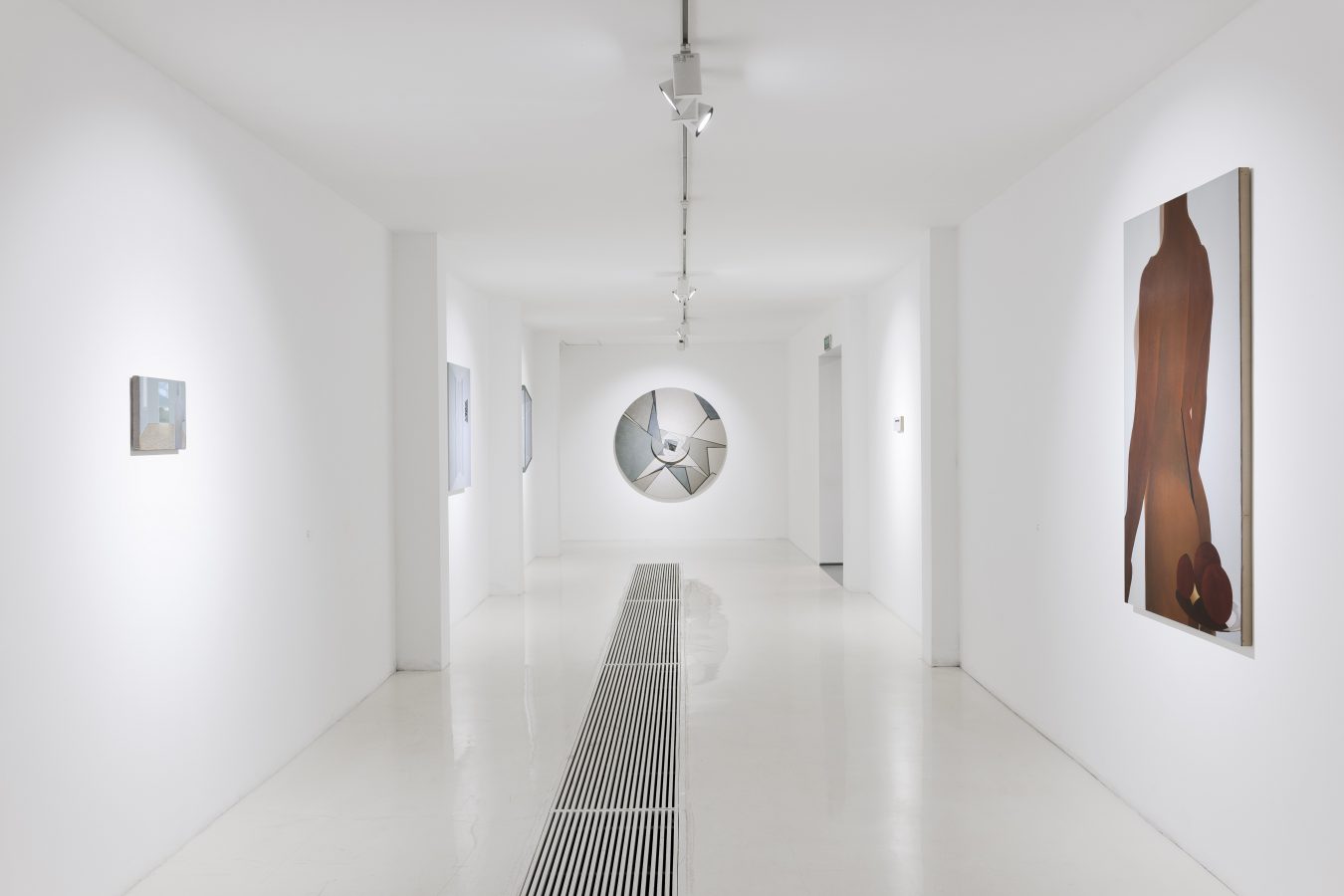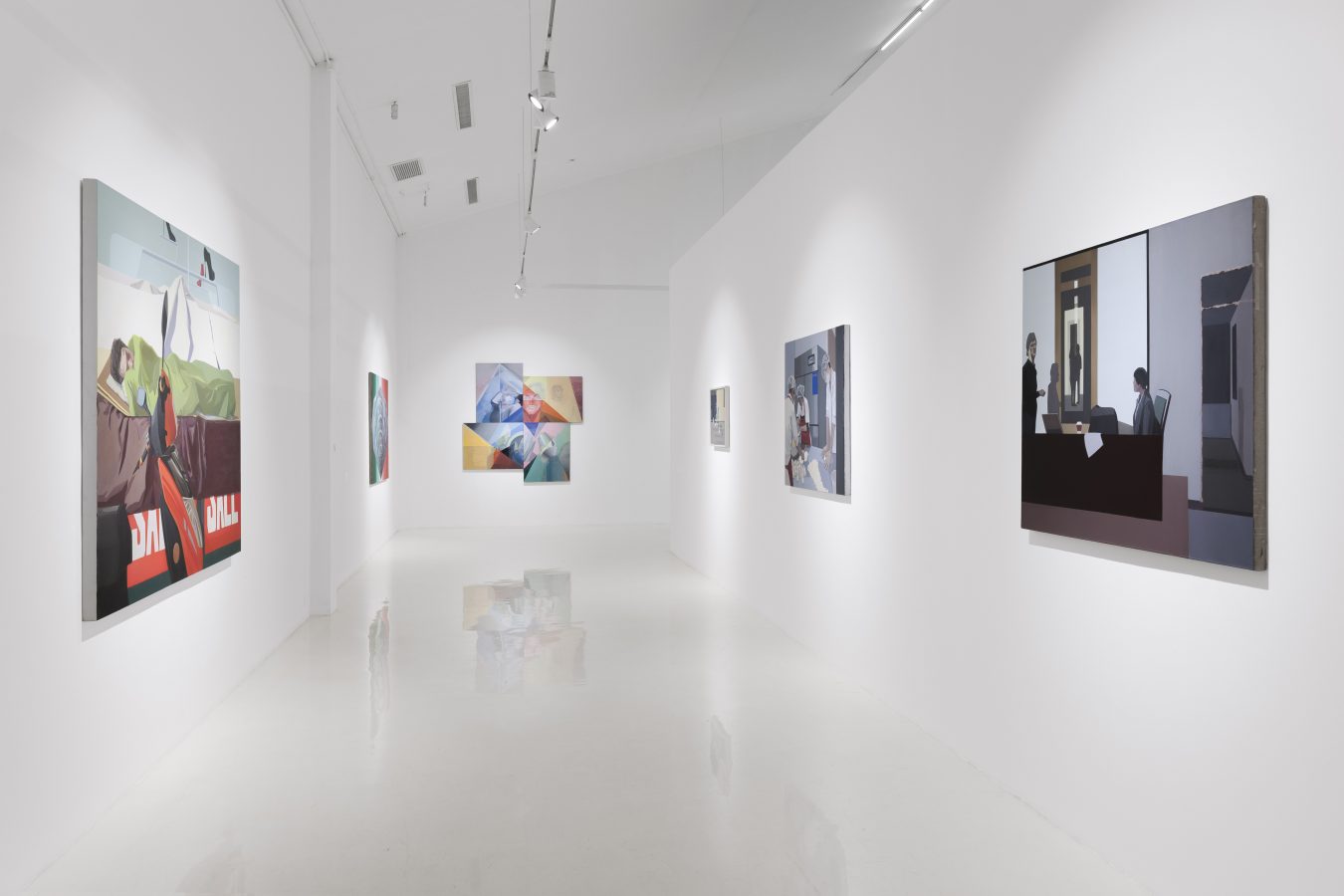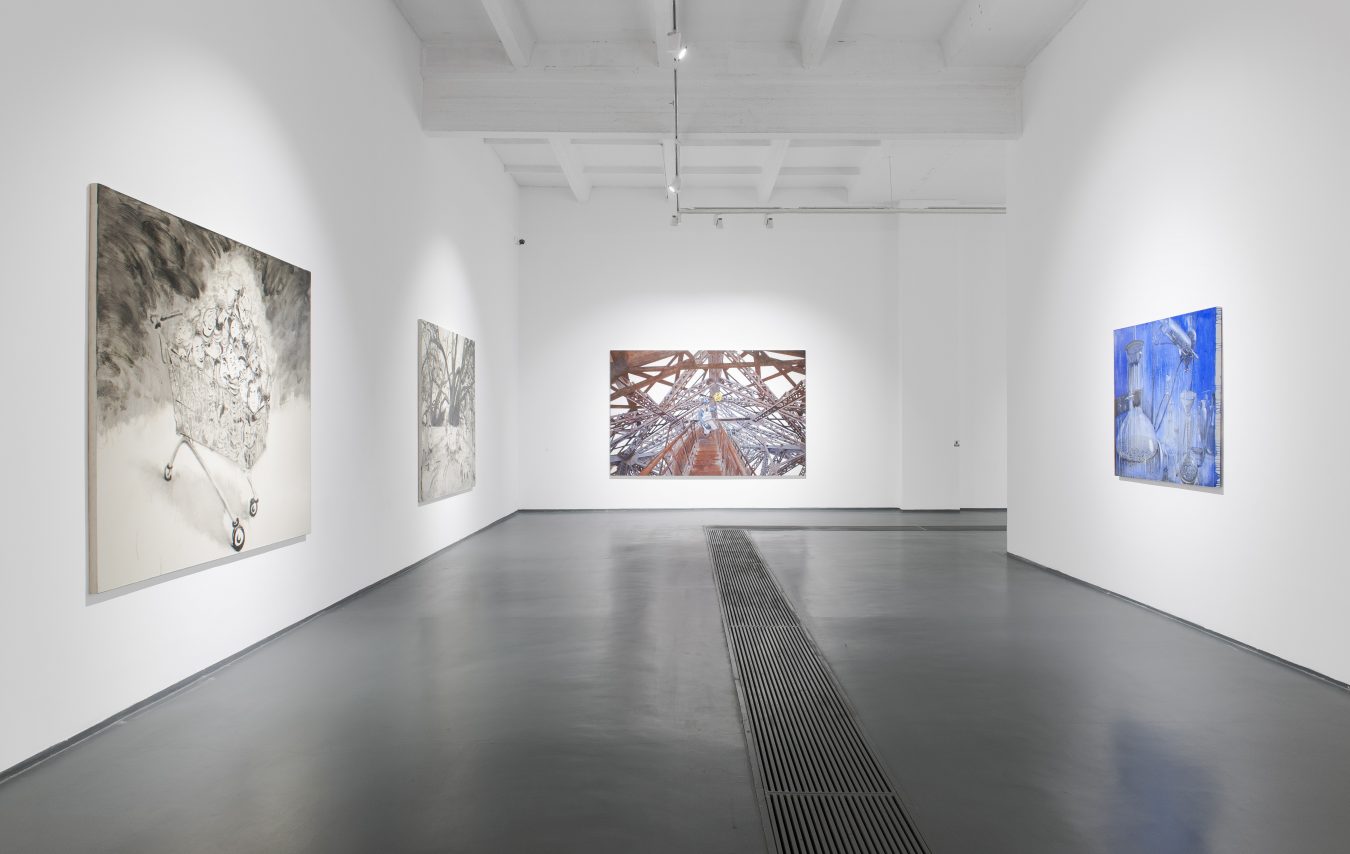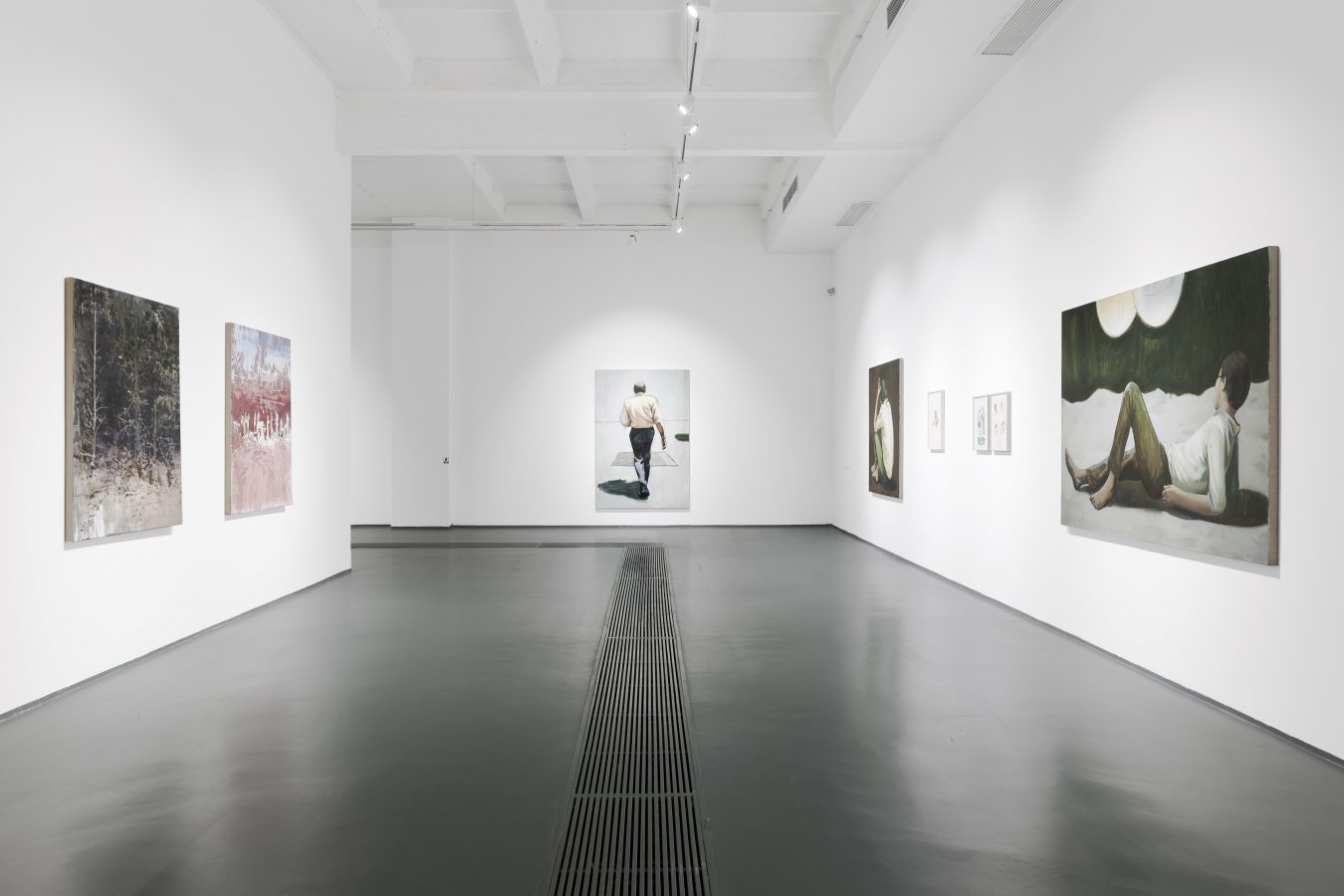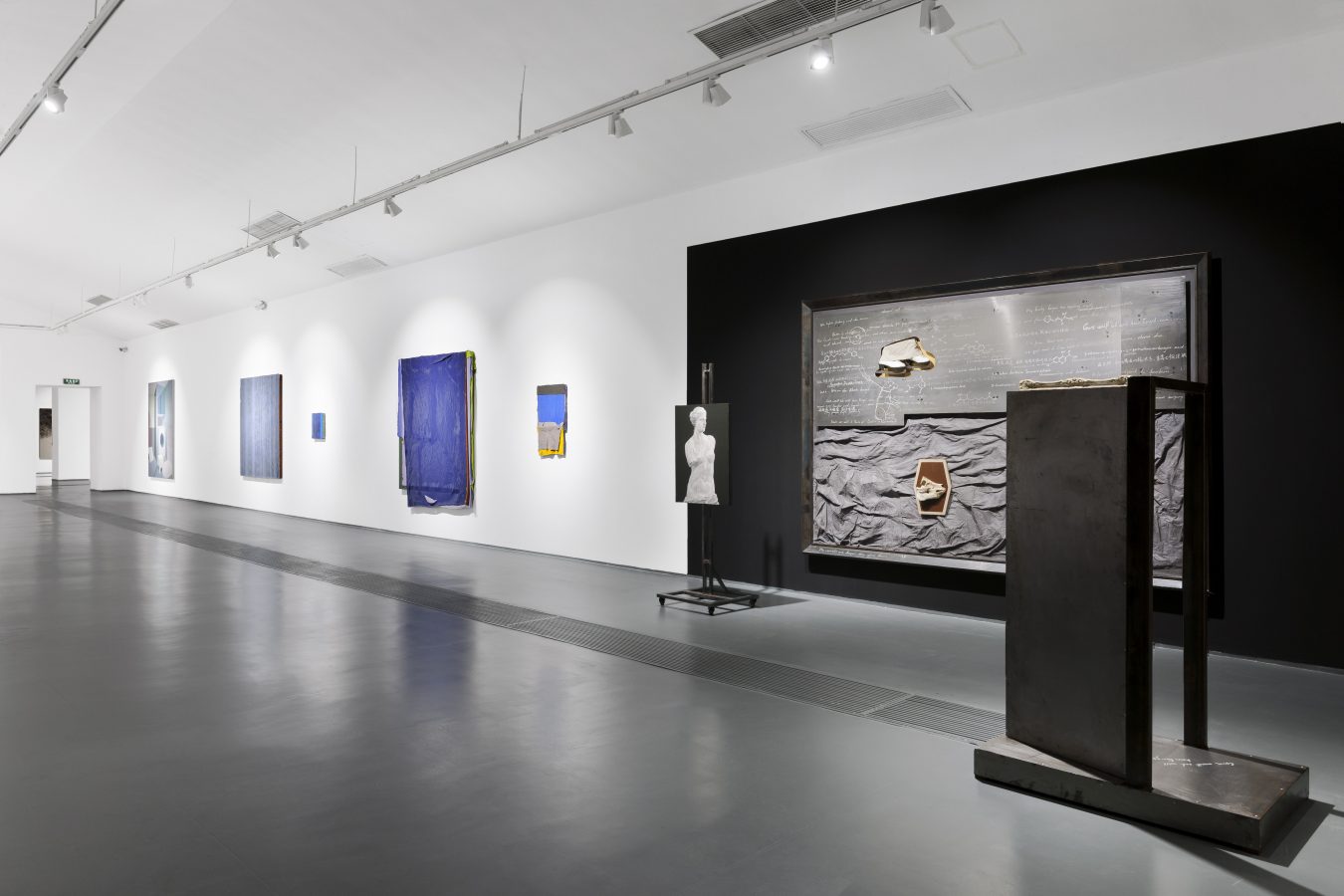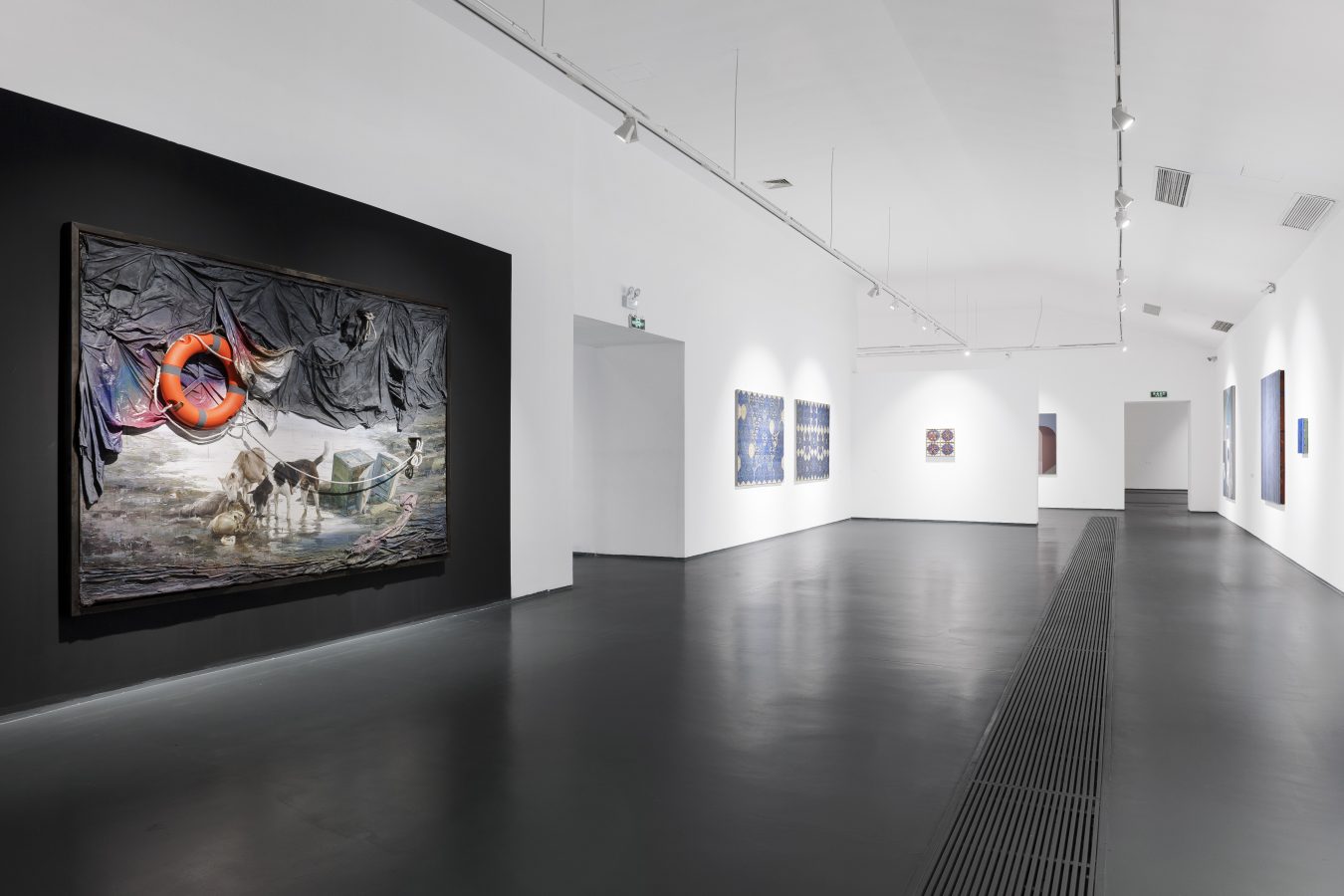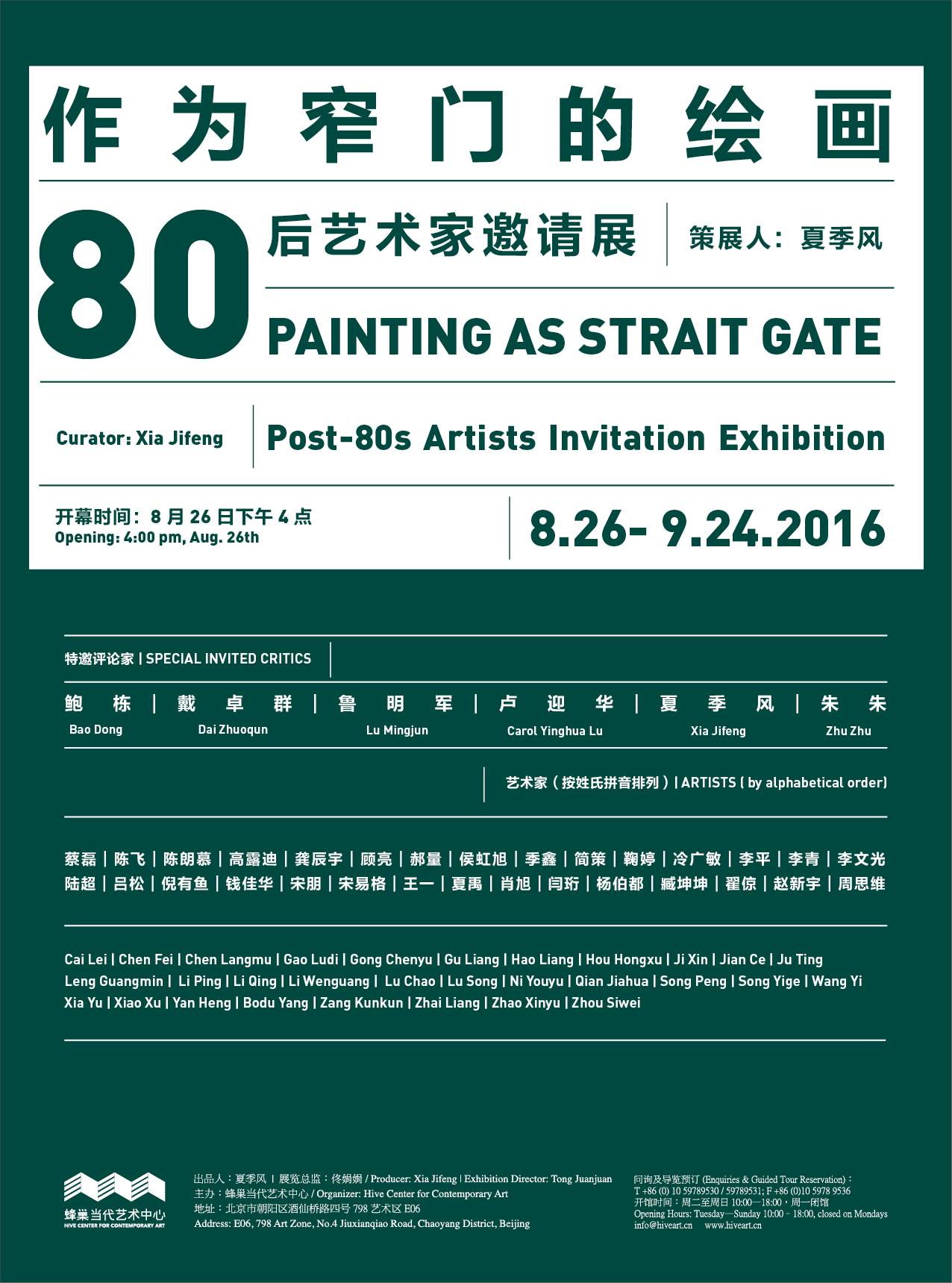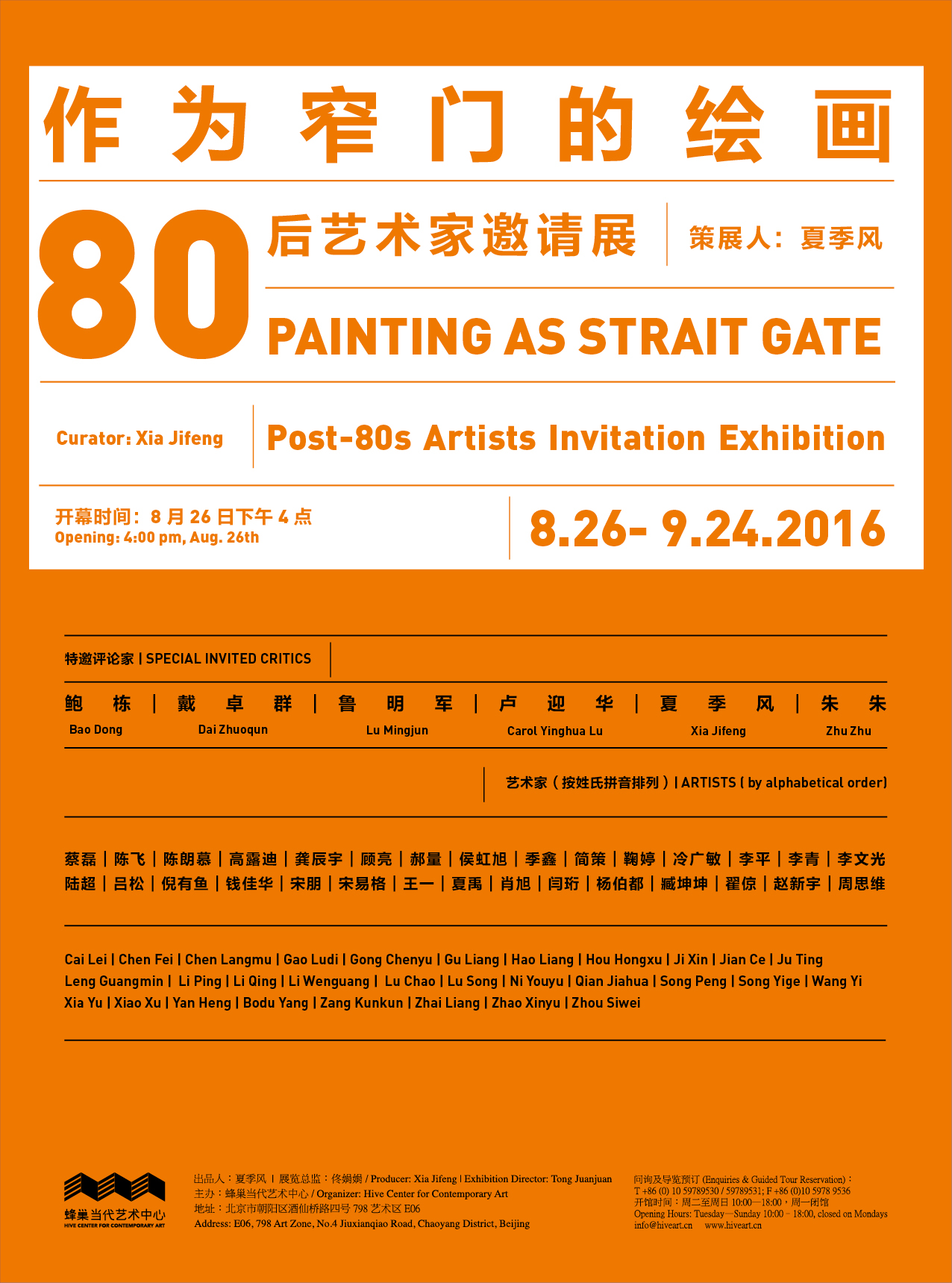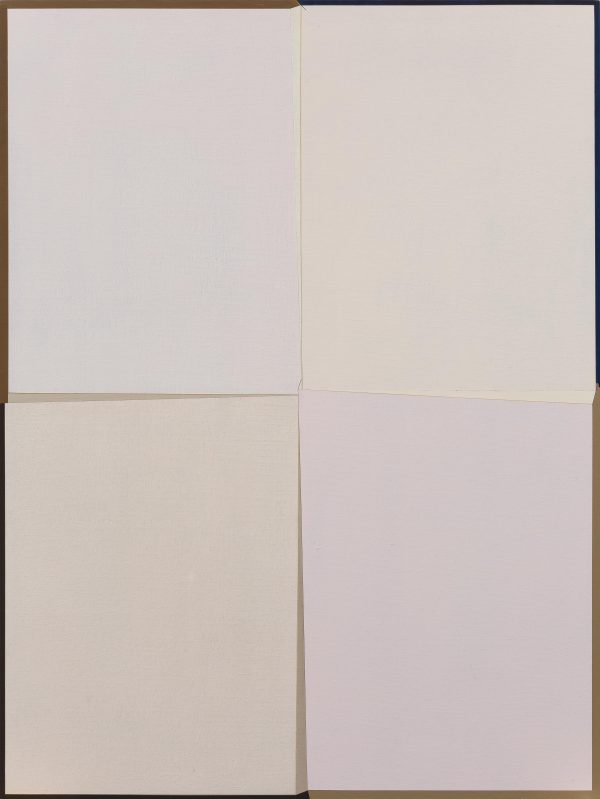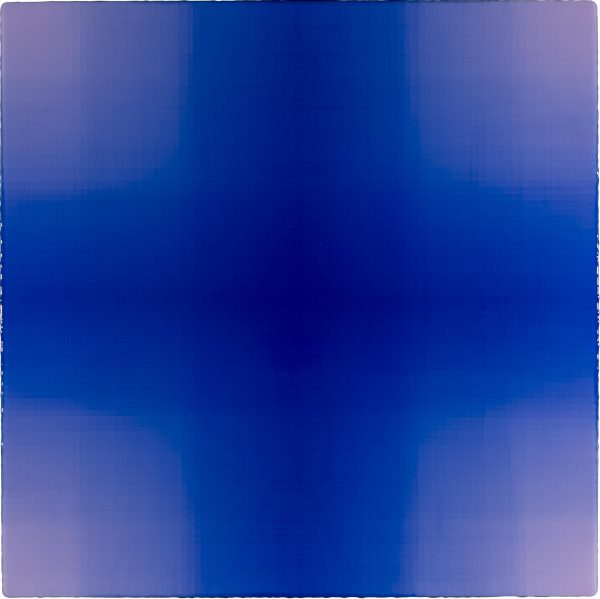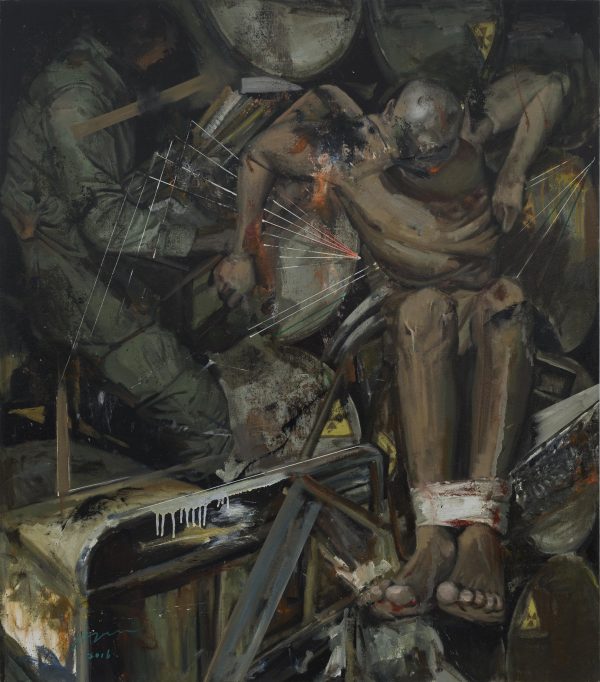Following last year’s large-scale group exhibition “Editing the Spectacle: The Individual and Working Methods Post-Mediatization”, another project of the series “Painting as Strait Gate: Post-80s Artists Invitation Exhibition” now launched by Hive Center for Contemporary Art also studies the artists born in the 1980s. The exhibition invites 30 young artists of the generation to participate, and especially invites Bao Dong, Dai Zhuoqun, Lu Mingjun, Carol Yinghua Lu, Xia Jifeng and Zhu Zhu as guest critics. Curated by Xia Jifeng, The exhibition will be on show at the total five halls of Hive Center Aug. 26, and will last until Sep. 24.
The group exhibition “Editing the Spectacle “(2015) was held by Hive Center in order to view the multiple art-making directions of this generation’s young artists within the open-ended framework of contemporary art, especially after conceptual art and new media started to be widely applied, while the new project tries to systematically examine the present situations of this group of artists who mainly adopt painting in their practice.
It is well known that the claims about “Painting is dead” have never ceased ever since Daguerre invented photography. Painting becomes really impotent in communicating and recording, compared with the unprecedented accuracy of photography which has already replaced painting in this aspect. Seemingly painting has entered by a “strait gate”. Interesting enough the booming of image culture ushered in by the birth of photography has become an indispensible part of people’s daily life, which actually doesn’t eliminate painting but instead propels the diverse development of easel painting. It’s really amazing but also desperate when the innumerous images flourish in the real society and on the Internet along with the arrival of the information age, and now the dilemma for artists is either to use photos or to totally depend on them.
Meanwhile, the rise of installation, video and other forms of new media art, at least until now, hasn’t seriously challenged painting yet, but only added more options of artistic expression to the existing art-making mediums and techniques. Painting art as if amazingly capable of self-healing and regenerating starts to further think about the meanings and values of its own existence, after realizing its own territories and functions have been squeezed, thereby virtually expanding the previous boundaries of painting.
In a sense, it’s better and more accurate to say that the logic of contemporary art has entered a new system rather than to say painting is dying or declining, especially when the traditional principles and criteria that evaluate paintings are changing. The painting art after photography and new media not only possesses so many materials and techniques that have never been seen before, but has also unconsciously altered the thinking patterns of the artists, and then offers a new way of viewing for audience.
The exhibition attempts to present painting’s “wideness” in the form of “narrowness”, so although all the participating works from the artists invited are easel paintings, we still can see that the artists of the “post-80s” generation effectively eliminate the unexpected negative impacts when they are reigning over the convenience brought by image culture. They are facing the likelihood of painting entering by “the strait gate”, yet as a matter of fact they have expanded the infinity and diversity inside painting.






